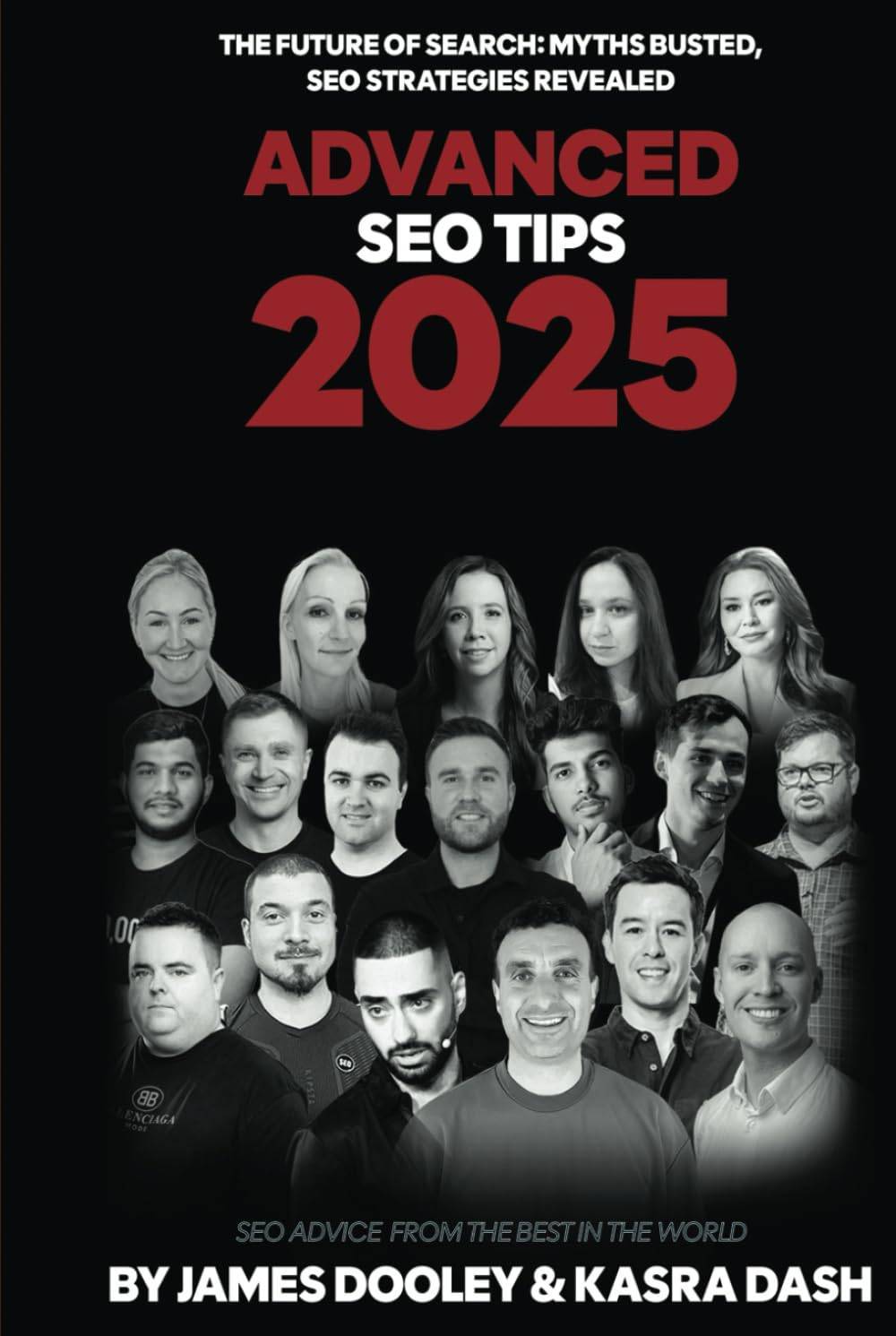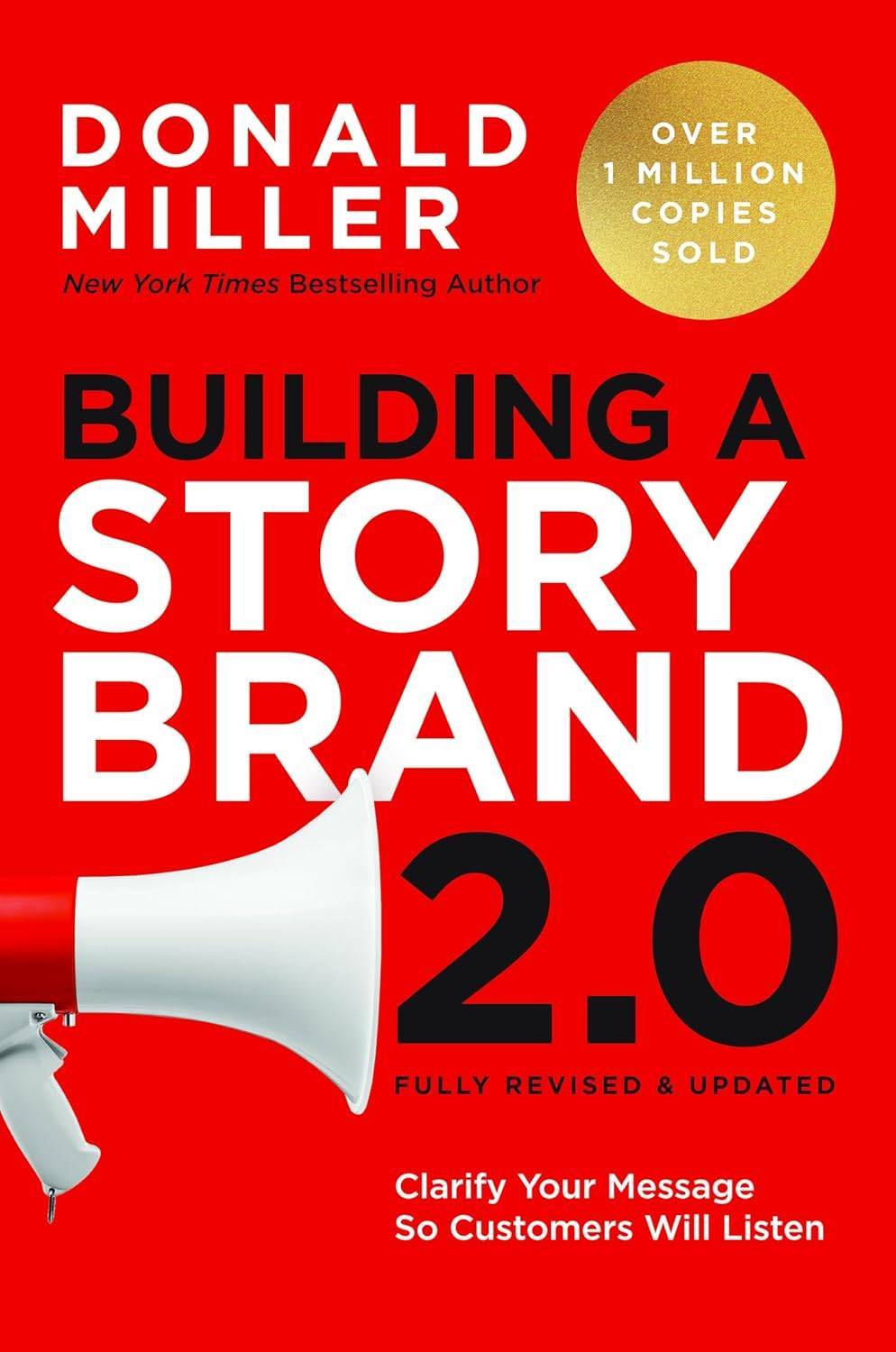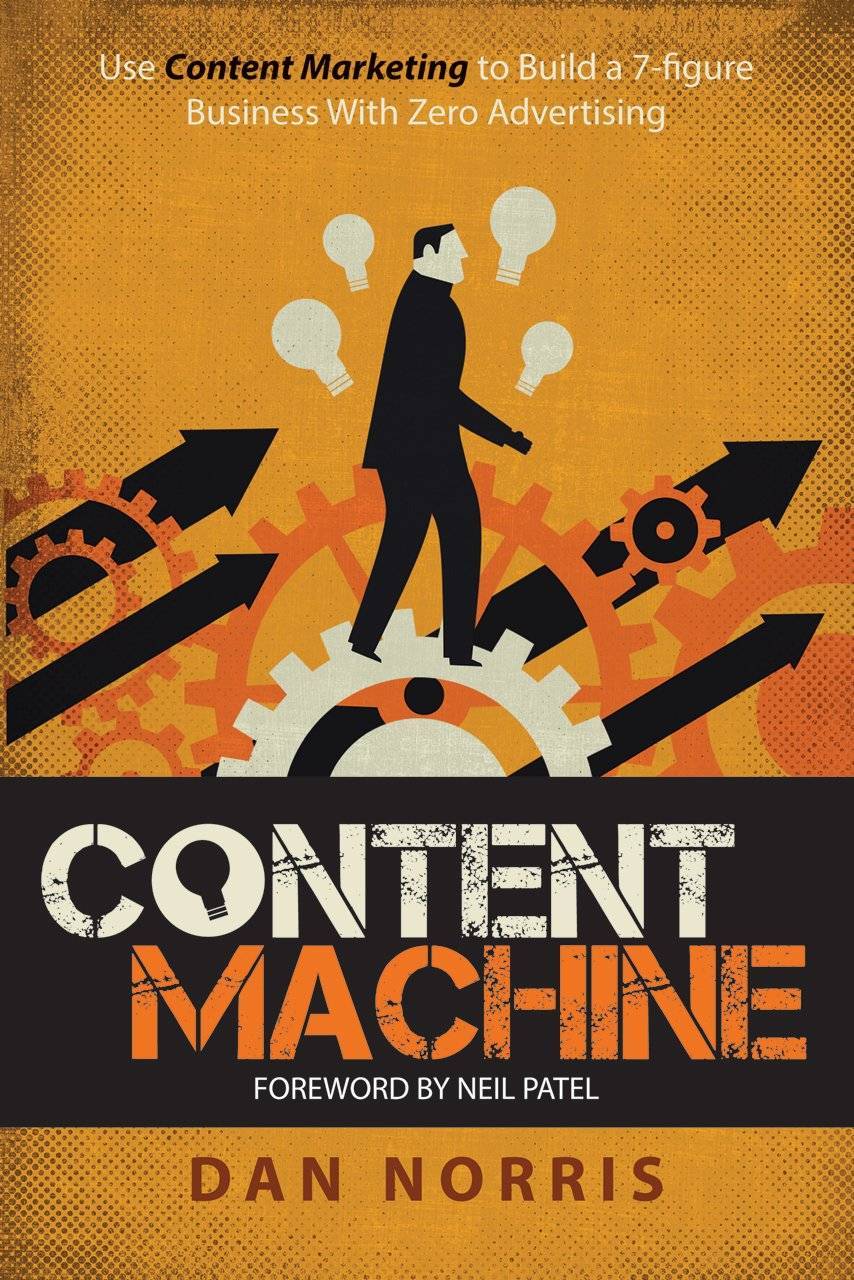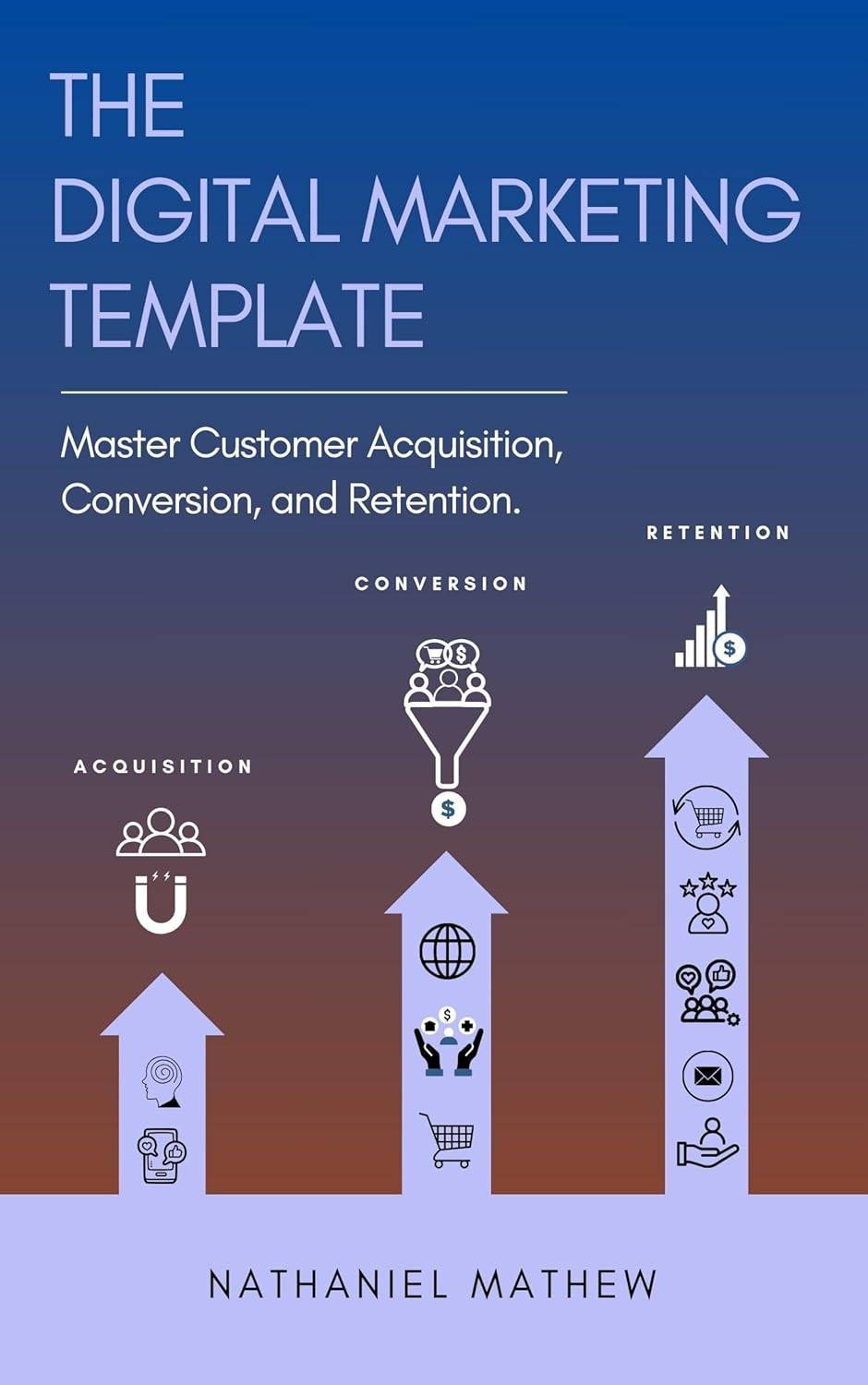How to Use AI Tools for Smarter SEO
Learn how to integrate AI tools into your SEO strategy to save time, improve content, and stay competitive.
Last updated: May 18, 2025

How to Use AI Tools for Smarter SEO in 2025
Introduction
AI is changing the way we approach SEO; from content creation and keyword research to technical audits and SERP analysis. This guide walks you through practical, step-by-step ways to implement AI tools into your existing strategy. It's ideal for marketers and SEOs who want to work faster and smarter without sacrificing quality.
TL;DR
To use AI tools for smarter SEO in 2025, combine strategic automation with human editing and insight. Choose the right tools for research, content, and audits, and always review for quality—this is how you stay ahead in both AI and people-first search.
Recommended Reading
Why This Topic Matters
With AI-generated content flooding the web, it's no longer enough to "just publish." If you're not using AI to speed up your research and improve quality, you're falling behind. At the same time, misuse of AI can lead to thin content, deindexing, or a traffic plateau. Striking the right balance is the challenge.
Step 1: Identify Use Cases for AI
Start by auditing your current SEO workflow. Which parts are repetitive, manual, or time-consuming? Typical candidates include:
- Keyword expansion
- SERP analysis
- Writing outlines
- Content drafts
- Internal linking
Document what tasks you want AI to support, not replace.
Step 2: Pick the Right Tools
You don't need 20 AI tools. Choose 2–3 that cover different parts of your process. For example:
- ChatGPT or Claude for content ideation
- Surfer SEO for optimisation
- Clearscope for competitive content analysis
Match tools to your workflow and budget.
Step 3: Fine-Tune Prompts and Templates
Most AI content failures come from lazy prompts. Build and test your own templates for briefs, outlines, and SEO titles. Include structure, tone, target keywords, and audience.
Refine prompts based on performance; for example, does the article rank or convert?
Step 4: Human Edit and Optimise
Always revise AI-generated content before publishing. Focus on:
- Fact-checking
- Brand tone
- Adding unique insight
- E-E-A-T factors
Run the edited content through Surfer or Frase before finalising.
Step 5: Track Performance and Adjust
Set clear KPIs: organic traffic, time on page, rankings. Compare AI-assisted content with manually created pieces. Iterate on what works; flag what underperforms.
Other Common Issues
Over-reliance on AI: Publishing without editing leads to trust loss and poor rankings.
Thin content risk: AI can produce filler unless you set strong structure in the prompt.
Keyword stuffing: AI tends to over-optimise if not guided.
Recommended Tools
ChatGPT – Ideation and drafting with custom prompts.
Surfer SEO – Real-time content scoring and keyword mapping.
Frase – AI writing plus SERP-based research.
Clearscope – Content grading based on top-ranking pages.
Screaming Frog – Crawl and audit at scale.
When to Hire Help
If you're managing a large site, handling technical SEO issues, or doing multilingual content at scale, you'll need human oversight; not just AI. Hire a strategist or editor when:
- Content is ranking poorly despite AI help
- You need expert-written YMYL content
- You're preparing for a site migration
Final Takeaway
AI can transform your SEO; but only if you treat it as an assistant, not a replacement. Mastering prompts, editing carefully, and measuring impact are what turn AI from a novelty into a competitive advantage.



